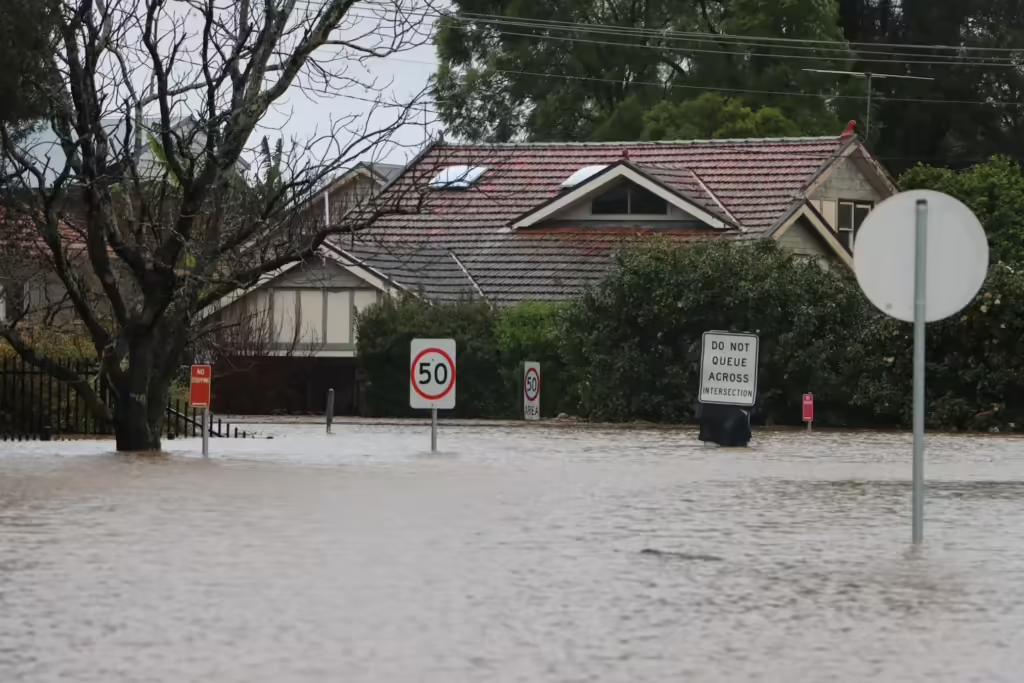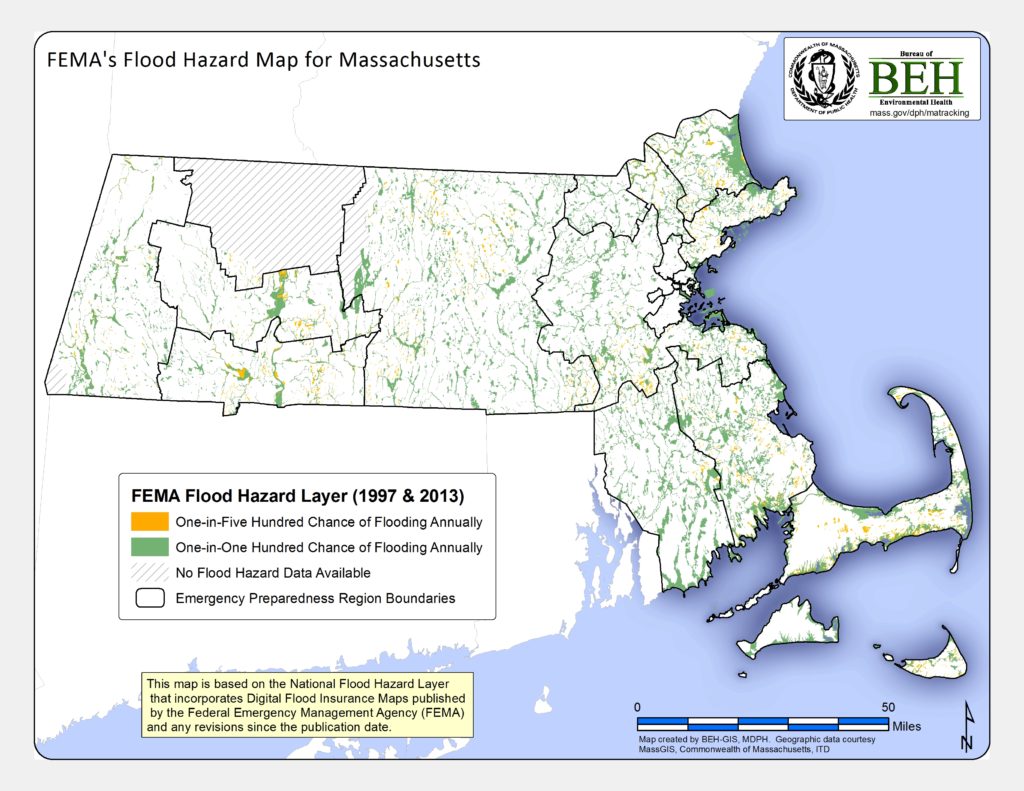How do you check if a property is in a flood zone in Massachusetts.
To check if a property is in a flood zone in Massachusetts, you can use several resources and methods:
1. FEMA Flood Map Service Center
The Federal Emergency Management Agency (FEMA) provides detailed flood maps that can help determine if a property is in a flood zone.
- Website: FEMA Flood Map Service Center
- Steps:
- Go to the FEMA Flood Map Service Center website.
- Enter the property address in the search bar.
- View the flood map for the area, which will show the flood zones.
2. Massachusetts Flood Hazard Management Program
The Massachusetts Flood Hazard Management Program provides resources and information specific to the state.
- Website: Massachusetts Flood Hazard Management Program
- Steps:
- Visit the website for resources and tools.
- Use available maps and guides to assess flood risk.
3. Local Municipality Resources
Local town or city planning departments often have maps and information on flood zones.
- Steps:
- Contact the local planning or building department.
- Request information on flood zones for the specific property.
4. Property Deed and Insurance Company
Sometimes, property deeds or insurance companies will have information regarding flood zones.
- Steps:
- Review the property deed for any mentions of flood zones.
- Consult with your insurance company, as they may have performed their own flood zone assessment.
5. Online Real Estate Platforms
Certain real estate websites provide flood risk information for properties.
- Examples: Zillow, Realtor.com
- Steps:
- Search for the property on these platforms.
- Check the property details for flood risk information.
6. Hiring a Professional Surveyor
A professional land surveyor can provide a detailed analysis of flood risk for a property.
- Steps:
- Hire a licensed surveyor with experience in flood risk assessment.
- Request a flood zone determination.
Using these resources, you can effectively determine whether a property in Massachusetts is located in a flood zone.

What does flood insurance cover in Massachusetts?
Flood insurance coverage in Massachusetts, as in other states, is primarily provided through the National Flood Insurance Program (NFIP), managed by the Federal Emergency Management Agency (FEMA). It is designed to help property owners recover from flood-related damages. Here’s an overview of what flood insurance typically covers:
1. Building Property Coverage
This part of the policy covers the physical structure of your home or building and its foundation. Specific items include:
- Electrical and plumbing systems
- Furnaces, water heaters, heat pumps, and sump pumps
- Central air conditioning equipment, boilers, and radiators
- Refrigerators, cooking stoves, and built-in appliances such as dishwashers
- Permanently installed carpeting over an unfinished floor
- Permanently installed paneling, wallboard, bookcases, and cabinets
- Window blinds
- Detached garages (limited coverage)
- Fuel tanks, well water tanks, and pumps
- Solar energy equipment
2. Personal Property Coverage
This covers personal belongings inside the insured building. Specific items include:
- Clothing, furniture, and electronic equipment
- Curtains
- Portable and window air conditioners
- Portable microwave ovens and portable dishwashers
- Carpets not included in building property coverage
- Clothing washers and dryers
- Food freezers and the food in them
- Certain valuable items such as artwork, up to a specified limit
3. Exclusions and Limitations
Flood insurance does not cover everything. Common exclusions include:
- Damage caused by moisture, mildew, or mold that could have been avoided by the property owner
- Currency, precious metals, and valuable papers such as stock certificates
- Property and belongings outside of the insured building (e.g., trees, plants, wells, septic systems, walks, decks, patios, fences, seawalls, hot tubs, and swimming pools)
- Living expenses such as temporary housing
- Financial losses caused by business interruption or loss of use of insured property
- Most vehicles and their parts
4. Policy Limits
- Residential properties typically have coverage limits of $250,000 for the building and $100,000 for contents.
- Commercial properties can be insured for up to $500,000 for the building and $500,000 for contents.
5. Additional Coverage Options
- Excess Flood Insurance: For those who require coverage beyond NFIP limits, excess flood insurance is available through private insurers.
- Basement Coverage: Limited coverage is available for items located in basements. Generally, items covered include structural elements and essential systems, but not finished surfaces or personal property stored in basements.
How to Obtain Flood Insurance in Massachusetts:
- NFIP Policies: Most flood insurance policies are obtained through the NFIP. You can purchase a policy through an insurance agent or company that participates in the NFIP.
- Private Flood Insurance: Some private insurers offer flood insurance policies with terms and coverage amounts that may differ from those of the NFIP.
Considerations:
- Flood Zone: Insurance premiums and requirements may vary depending on whether the property is located in a high-risk flood zone.
- Waiting Period: There is typically a 30-day waiting period from the date of purchase before the policy goes into effect, except in certain circumstances such as loan closings.
Flood insurance is essential for protecting property against flood damage, which is often not covered under standard homeowners or commercial property insurance policies.






